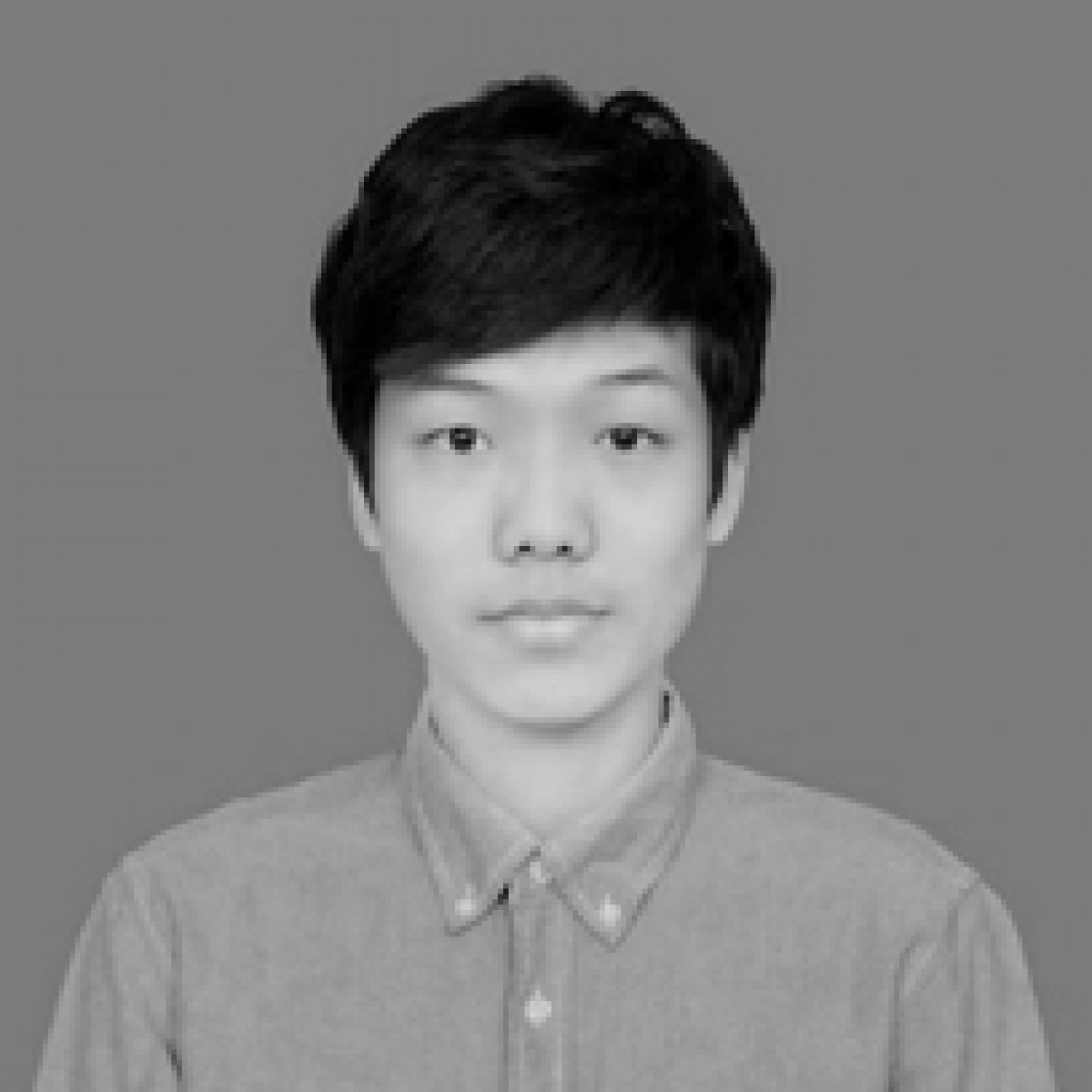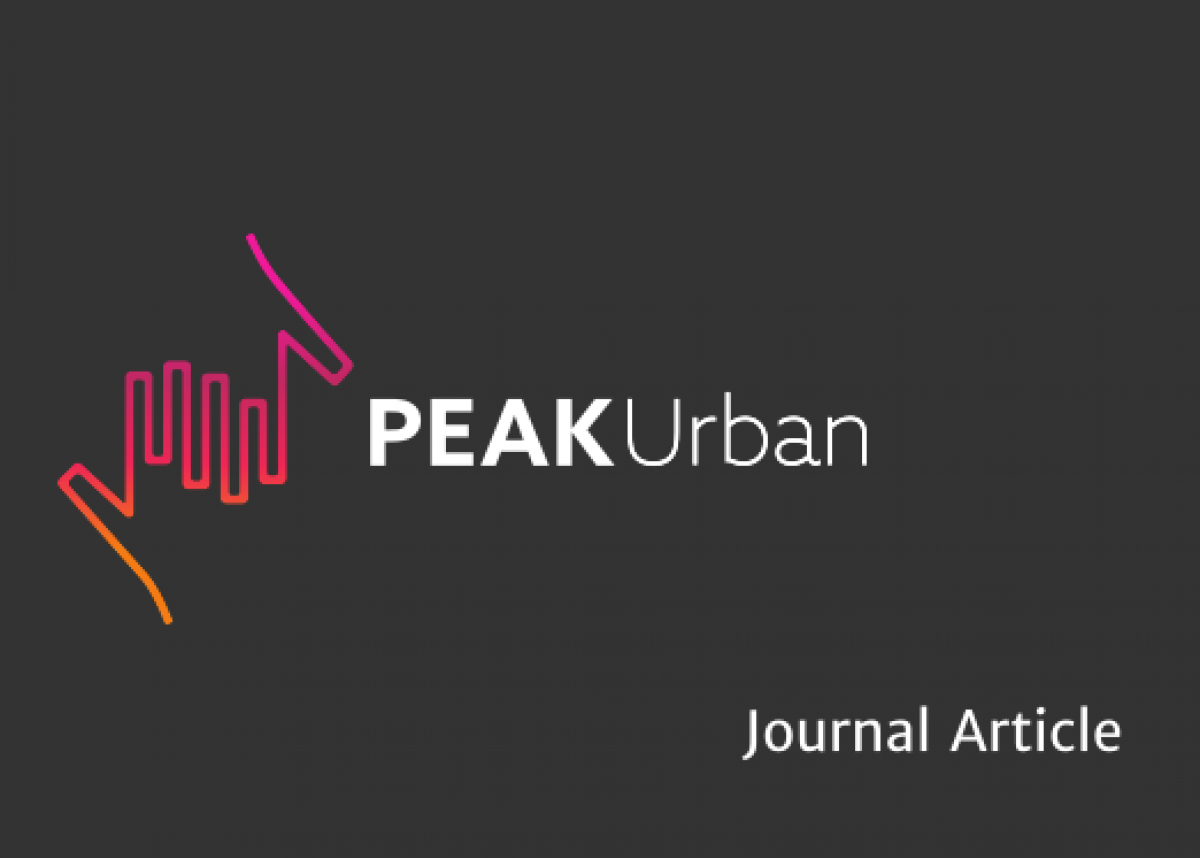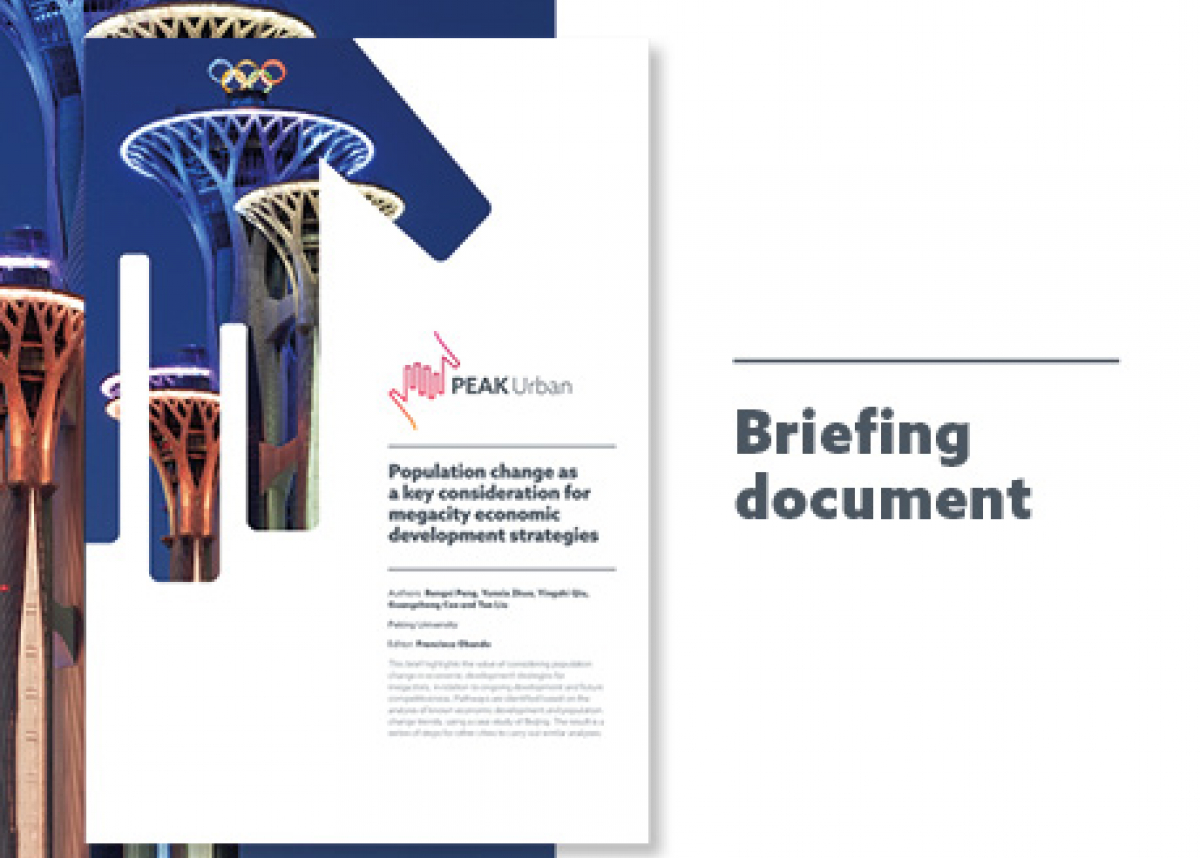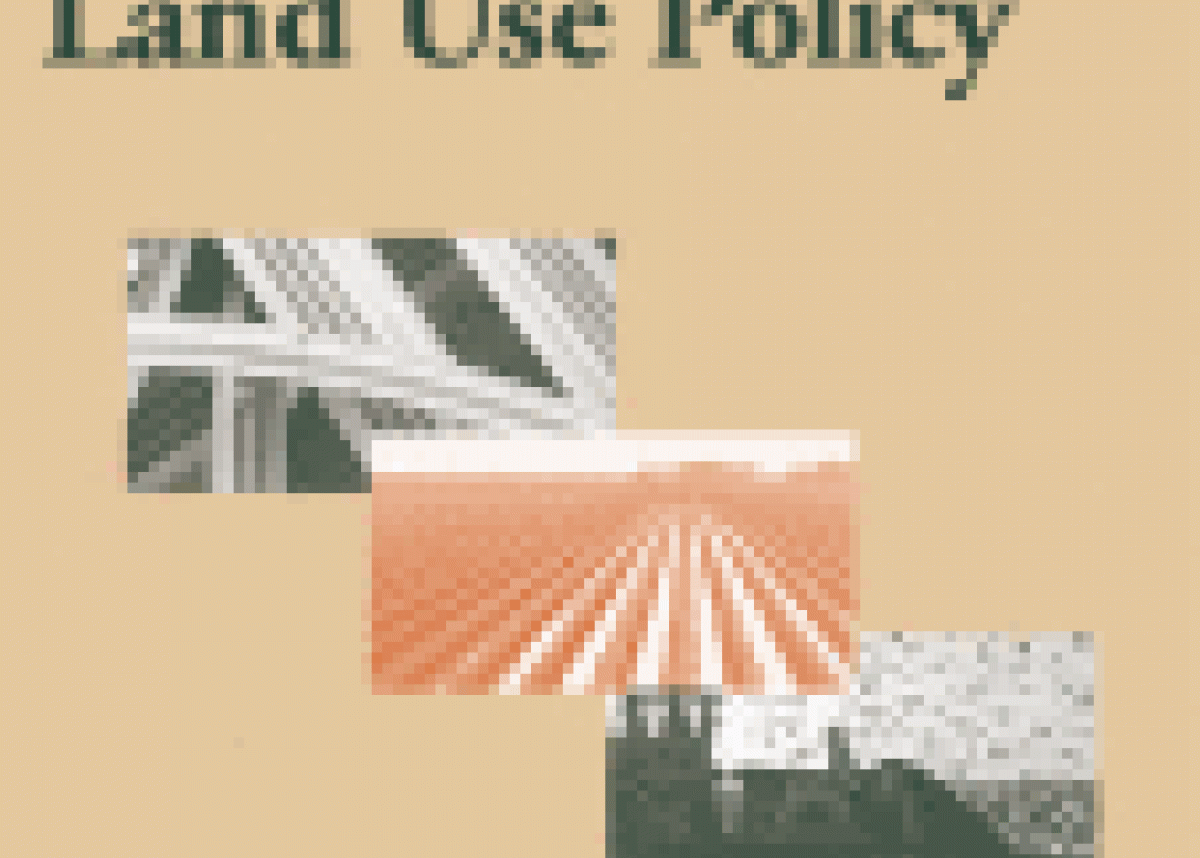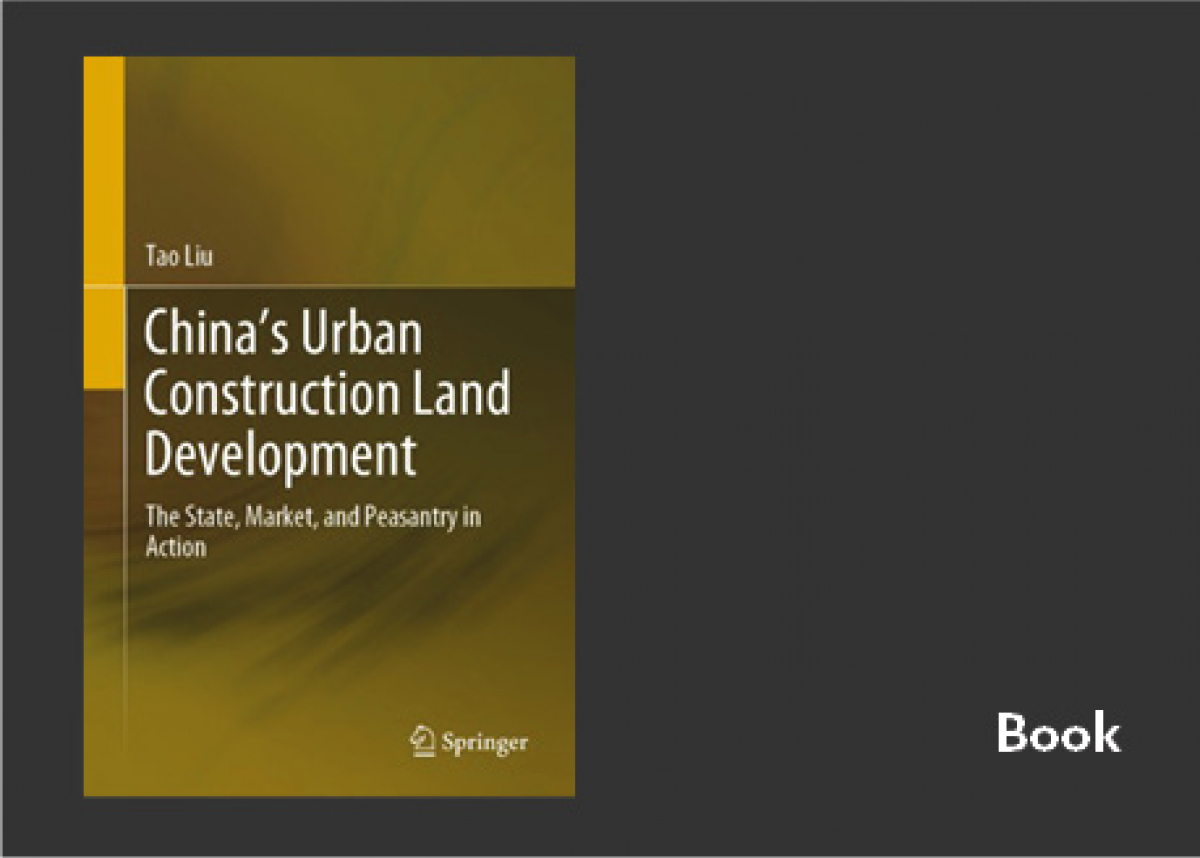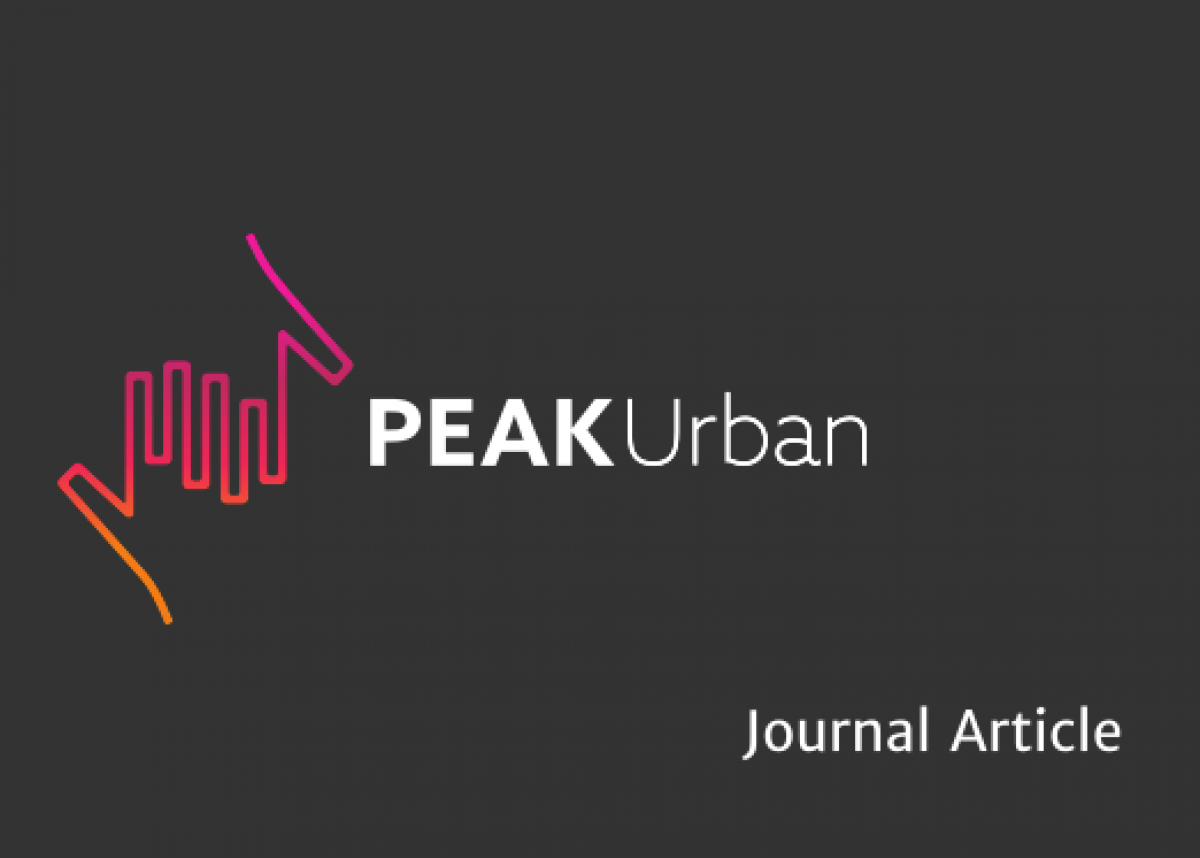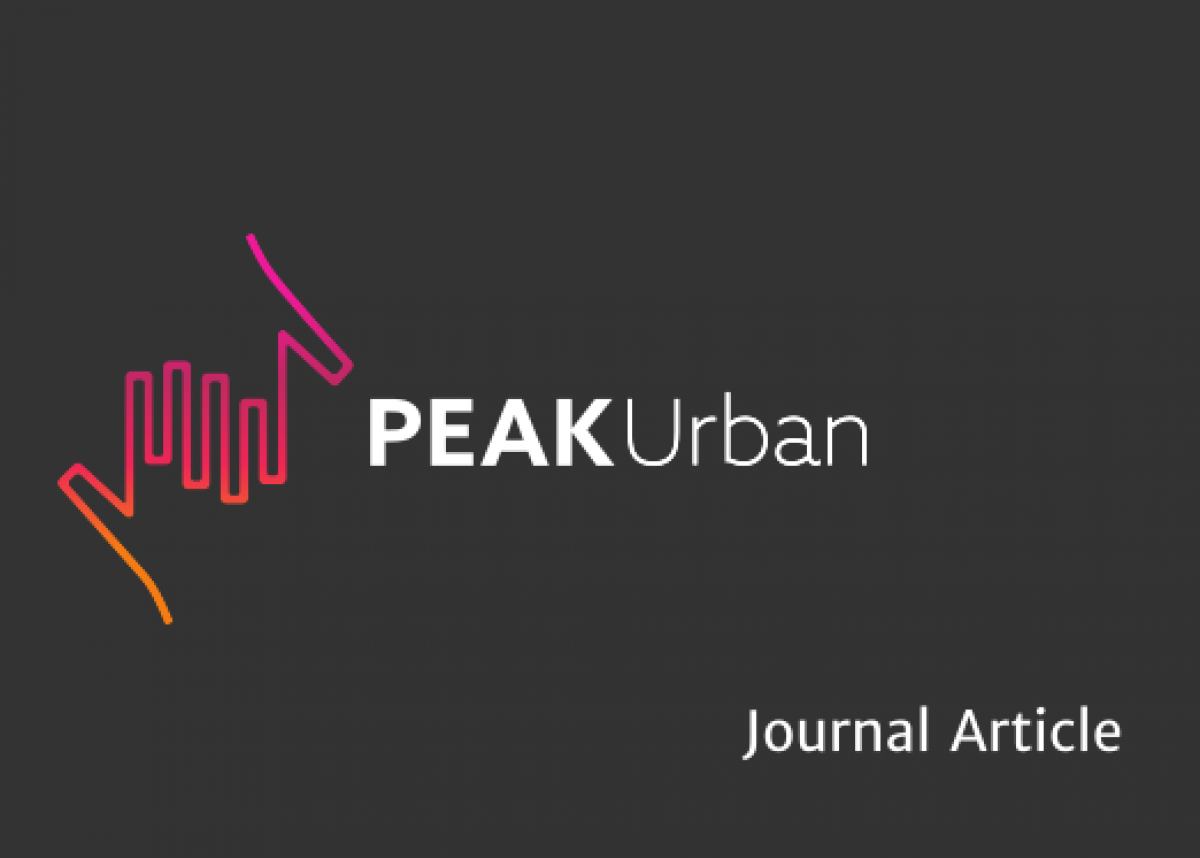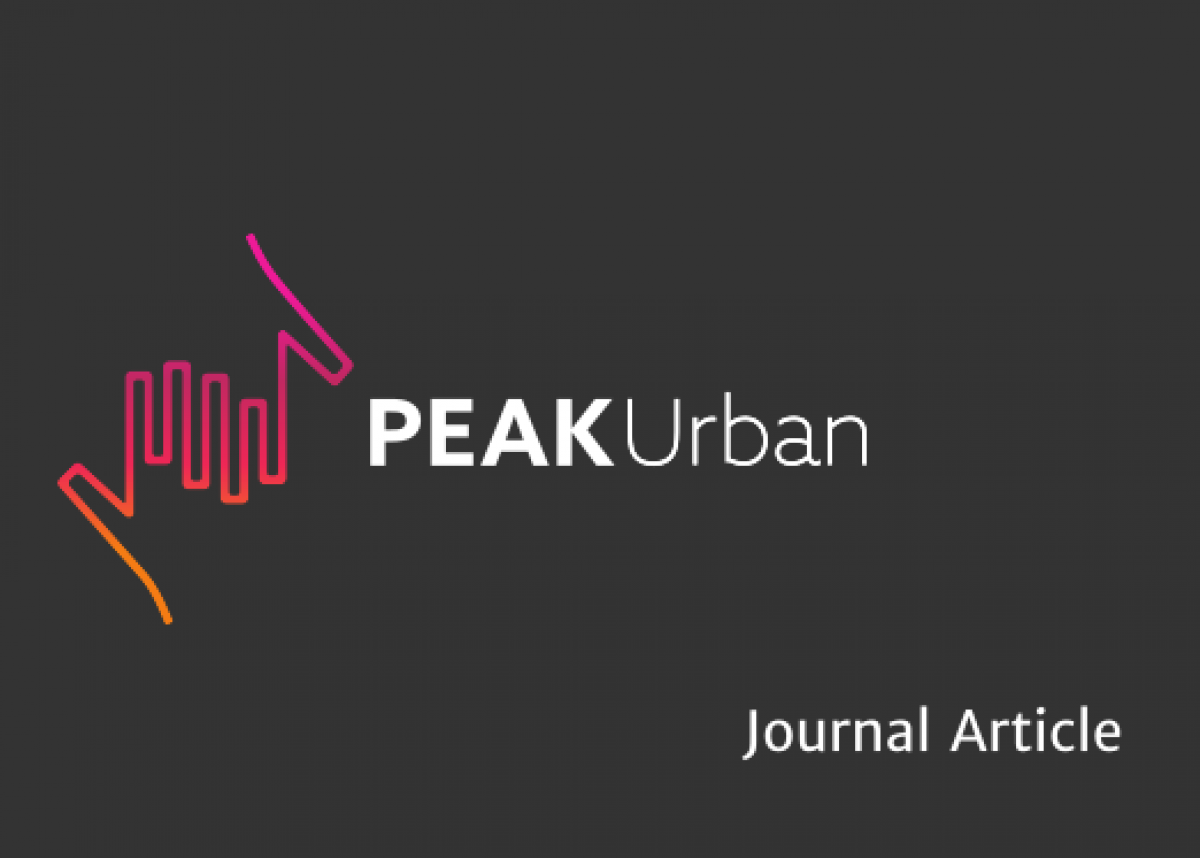
THE CHALLENGE
With the rapid development of the economy and society over the past four decades, China has been experiencing continuous urban functional changes. The transformation of urban function has been greatly influenced by industrial upgrading and further led to the diverse social restructuring of cities.
These emerging phenomena have posed great challenges to the sustainable urban development and embarked great academic interests.
OUR APPROACH
This project examines the process and mechanism of industrial reconfiguration, functional change, and their social effects in typical mega-city regions and metropolitan areas. Research outcomes will be applied to policy consultation programmes.
This project is conducted through domestic and international comparative studies, Beijing-Tianjin-Hebei region (BTH), Yangtze River Delta (YRD), and Pearl River Delta (PRD) are investigated as the empirical cases at the mega-city region level.
At the metropolitan level, Beijing and London are chosen as both are global cities. Five sets of data are used to support the project, namely aggregated census data, socioeconomic statistics, individual-level census and survey data, geographical information and policy and planning documents. Spatial analysis, statistic models and text analysis are employed in this project.
LATEST DEVELOPMENTS
This project explores the pattern and mechanism of urban functional change caused by the reconfiguration of industry, and its impact on urban occupational structure transformation and socio-spatial structure change. So far, ten papers have been published or accepted by domestic and international peer-review journals. Research outcomes have been applied to several policy-making programmes and spatial planning.
In terms of the industrial reconfiguration and urban functional change, we find that the industrialisation of China’s cities is in accord with Petty-Clark’s Law. The labours transferring from primary industry to secondary industry and from secondary industry to tertiary industry exist at the same time in China. Big cities tend to transform from secondary to tertiary industry, while medium and small cities are changing from relatively primary regional service centers to secondary-industry-dominated cities. Mining cities are prone to develop in a more diversified way, but mainly towards manufacturing and construction industries. Some cities are transformed into manufacturing cities successfully, some are turned into real-estate-dominated cities, but more cities are remained mining-dominated.
Regarding the social effects of the urban functional changes, our research shows that Beijing is experiencing significant social structural changes, under the goal of becoming a global city. The occupational structure is professionalizing, in which the proportion of managers and professionals rises greatly. The labour forces in Beijing are dominated by young, male and highly educated individuals, which is becoming similar to that in London.
Contrary to London, the socio-spatial inequality of Beijing became less acute from 2000 to 2010. This is because Beijing achieved its de-agriculturalisation, de-industrialisation and tertiarisation in a just few decades, and is still in the stage of urban expansion.



